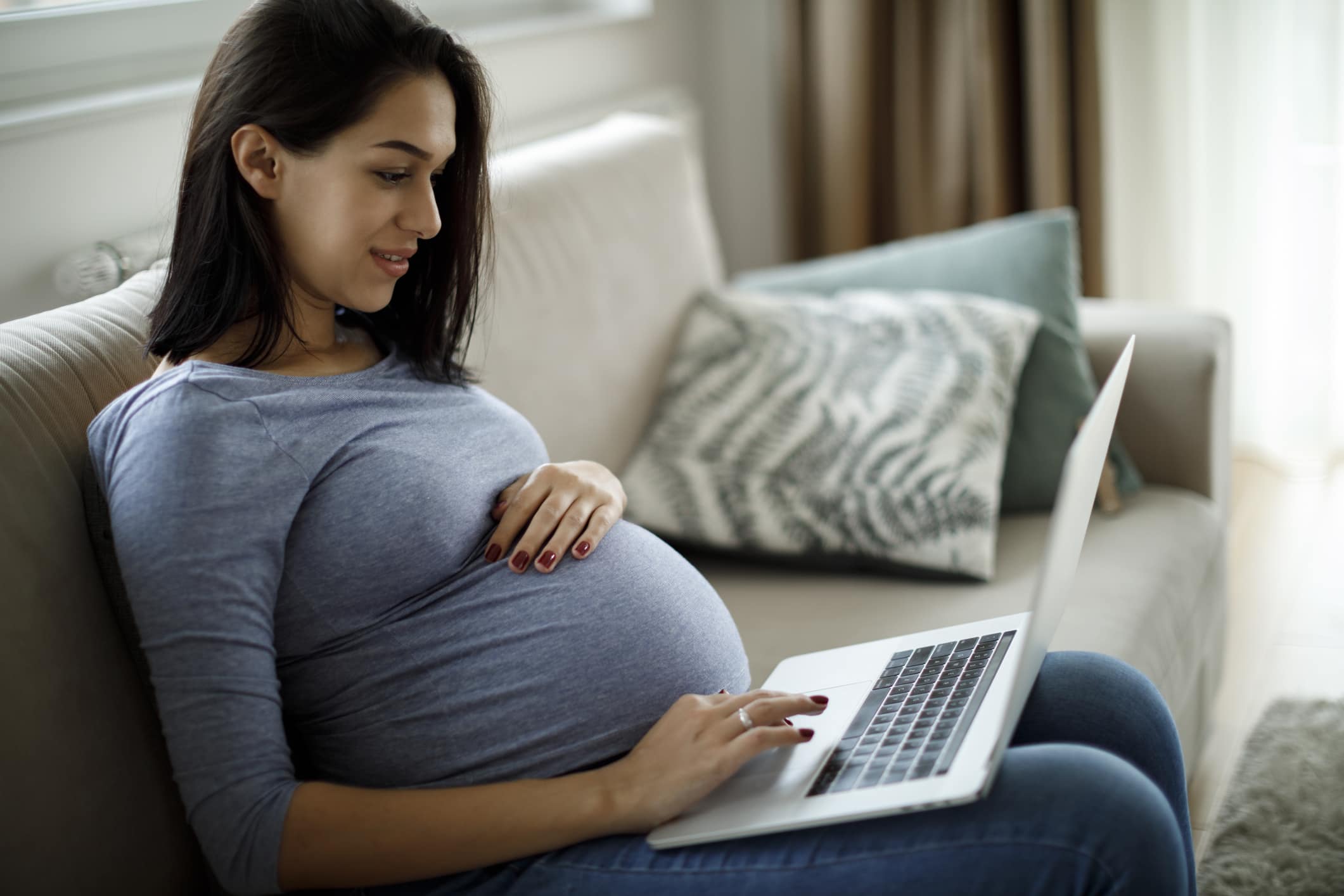Every year in Australia more than 3000 babies or children still die suddenly from stillbirth, SIDS, and fatal sleep accidents.
That’s 9 little lives taken every single day. And 9 Australian families devastated every single day.
Red Nose Day raises funds into research, education, and support services around the sudden and unexpected deaths of babies and children. Along with their year-round work, this special day has done so much to reduce the number of sudden unexpected deaths. It’s estimated that they’ve saved nearly 10,000 babies or children through the promotion and education around safe sleeping.
The fight must continue, though. The latest research at Red Nose shows us that more than a third of new parents don’t know how to sleep their baby safely, and that many expectant parents don’t know that there are steps they can take to reduce their risk of stillbirth.
While not all deaths are preventable, and of course, sudden and unexpected deaths of babies and children are never blame-worthy, there are things you can do at home to help reduce the risk of it happening. That’s why Red Nose Day is so important.
How to sleep a baby safely
Red Nose provides 6 evidence-based recommendations for how to sleep a baby safely:
1. Always place baby on their back to sleep
Placing baby on their back to sleep helps keep their airway clear and ensures their protective reflexes work. Back sleeping reduces the risk of suffocation, overheating and choking.
2. Keep baby’s face and head uncovered
Babies control their temperature through their face and head, so keeping baby’s face and head uncovered during sleep helps reduce the risk of overheating. It also helps keep their airways clear which reduces the risk of suffocation.
3. Keep baby smoke free, before and after birth
Smoking during pregnancy and around baby once they are born increases the risk of sudden infant death – this includes second-hand smoke.
If you or your partner smoke, don’t smoke around baby and never smoke where baby sleeps.
For free help to quit smoking call Quitline on 13 78 48.
4. Safe sleeping environment, day and night
The safest place for baby to sleep is in their own safe space, with a safe mattress, and safe bedding. Baby should always be placed on their back to sleep, with their feet at the bottom of the bassinet or cot.
- Safe cot: Meets Australian standard AS/NZS 2172:2003.
- Safe mattress: Firm, flat, right size for your safe cot, meets voluntary Australian standard (AS/NZS 8811.1:2013).
- Safe bedding: Lightweight bedding, firmly tucked in and only pulled up to the chest.
- Safe sleeping bag: Well fitted across the neck and chest, with baby’s arms out, and no hood.
5. Sleep baby in a safe cot in parents’ or caregiver’s room for the first 6-12 months
The safest place for baby to sleep is in their own safe space, in the same room as their parents or adult caregiver for the first 6-12 months.
6. Breastfeed baby
Breastfeeding has been shown to reduce the risk of sudden infant death.
What is unsafe bedding?
Unsafe bedding includes leaving a baby unattended on a bed not designed for a baby such as an adult bed or bunk bed, a waterbed, couch, beanbag, pillow or cushion. It also means not putting them to sleep with an adult or child who is sleeping on a couch, sofa or chair.
The position of the cot is also important. Be sure to keep the cot away from blinds, curtains, electrical appliances, or other hanging cords to reduce the chance of them getting caught around the baby’s neck. To avoid the risk of overheating, electrocution and burns, keep heaters or any electrical appliances far away from the cot. Do not use hot water bottles, electric blankets, or wheat bags.

 PARENTING TIPS
PARENTING TIPS PREGNANCY
PREGNANCY BABY CARE
BABY CARE TODDLERS
TODDLERS TEENS
TEENS HEALTH CARE
HEALTH CARE ACTIVITIES & CRAFTS
ACTIVITIES & CRAFTS


